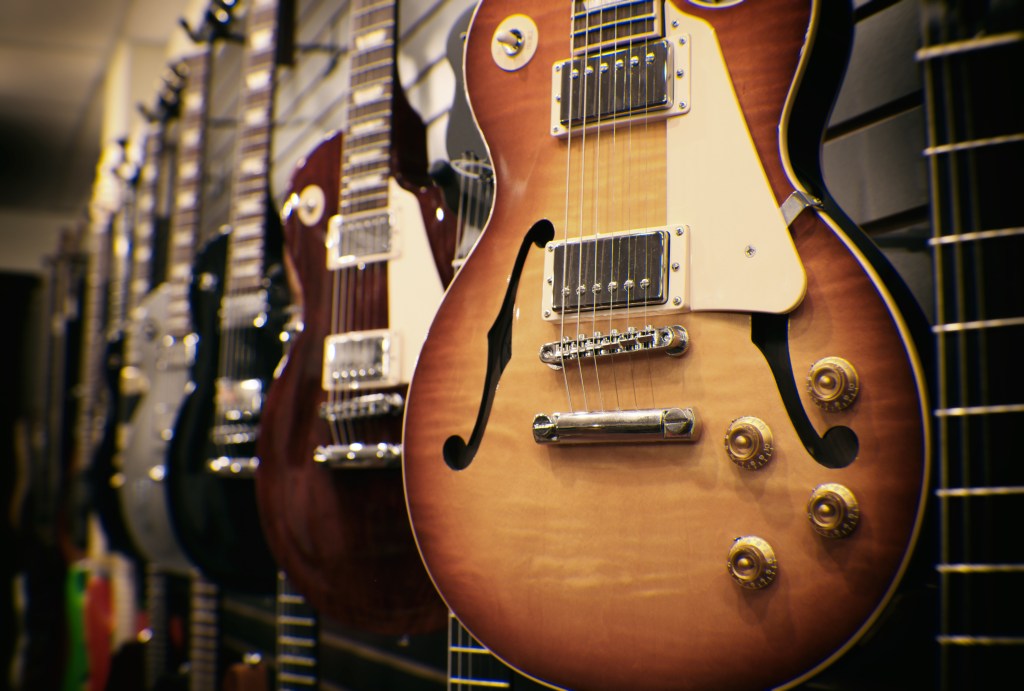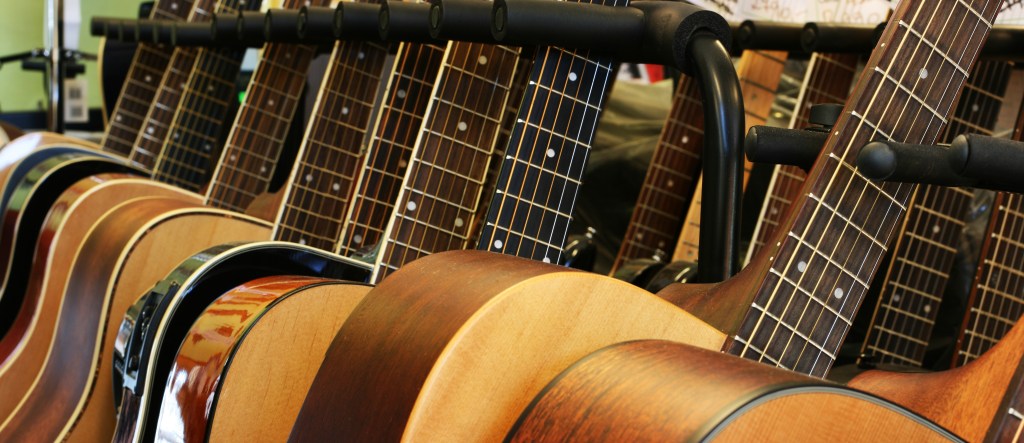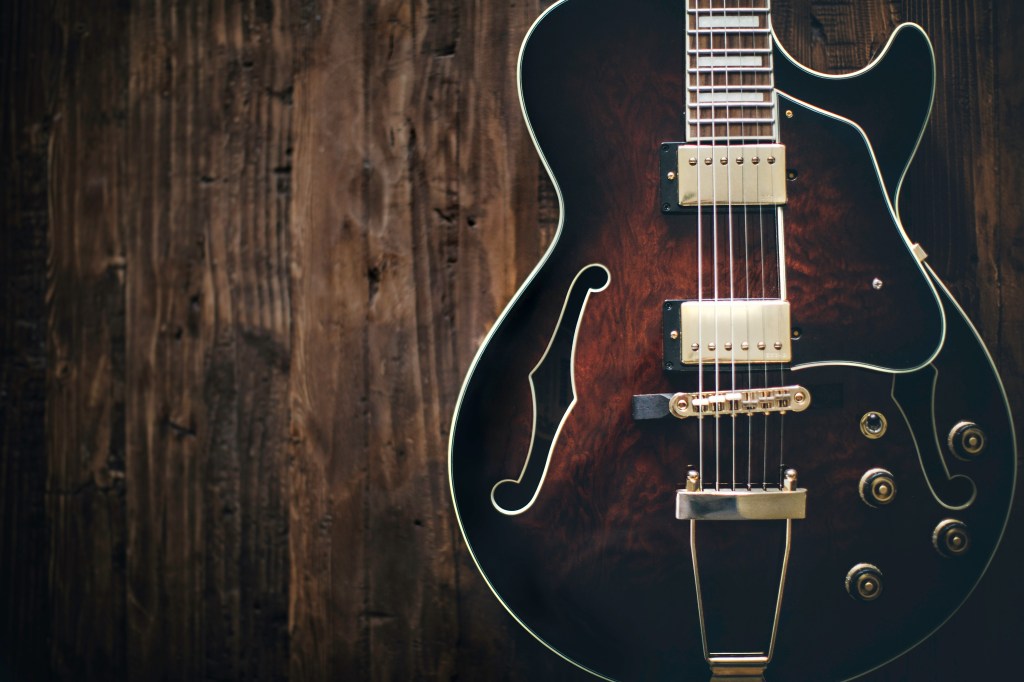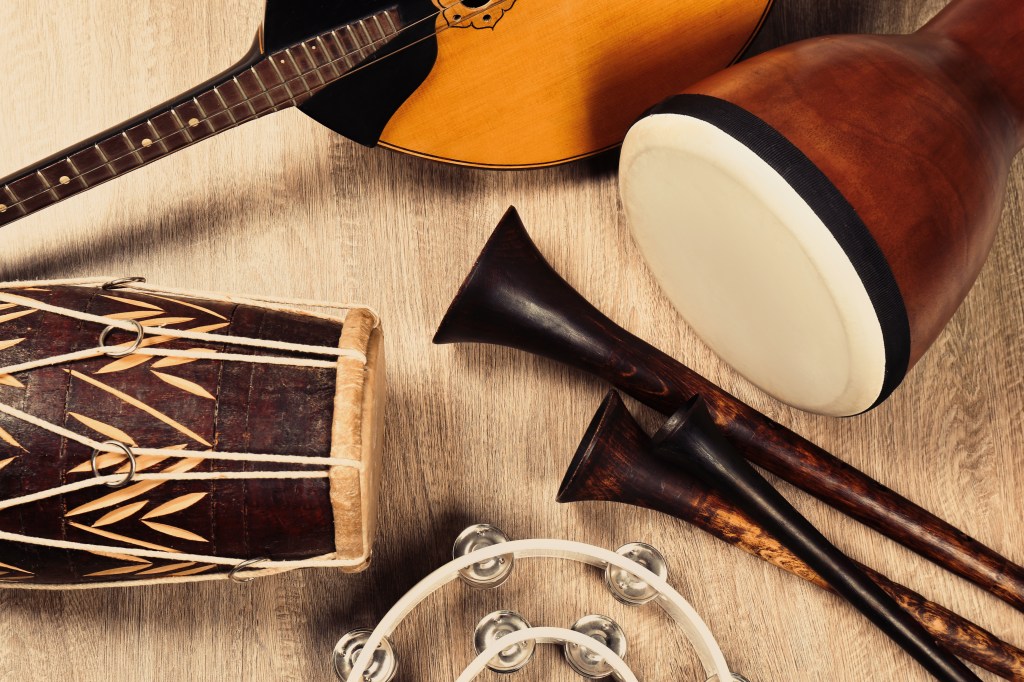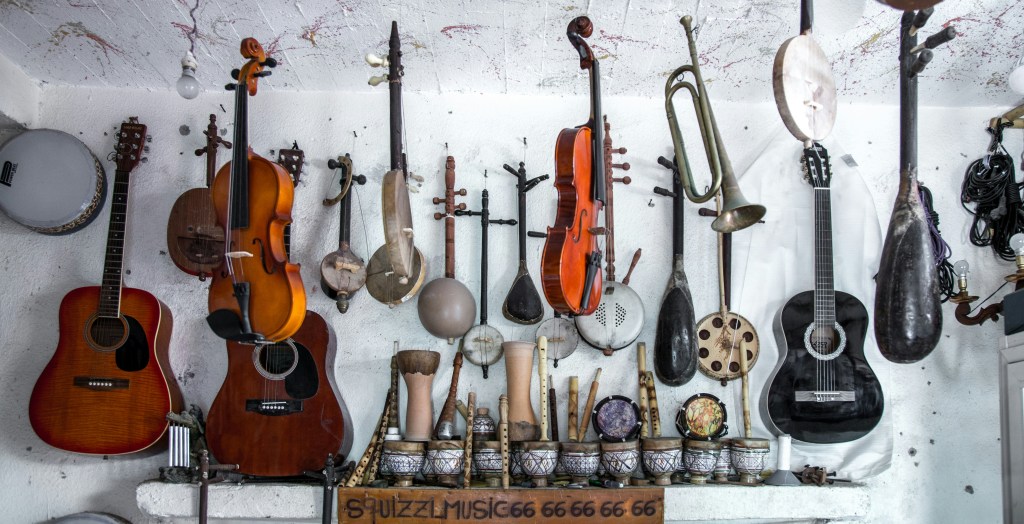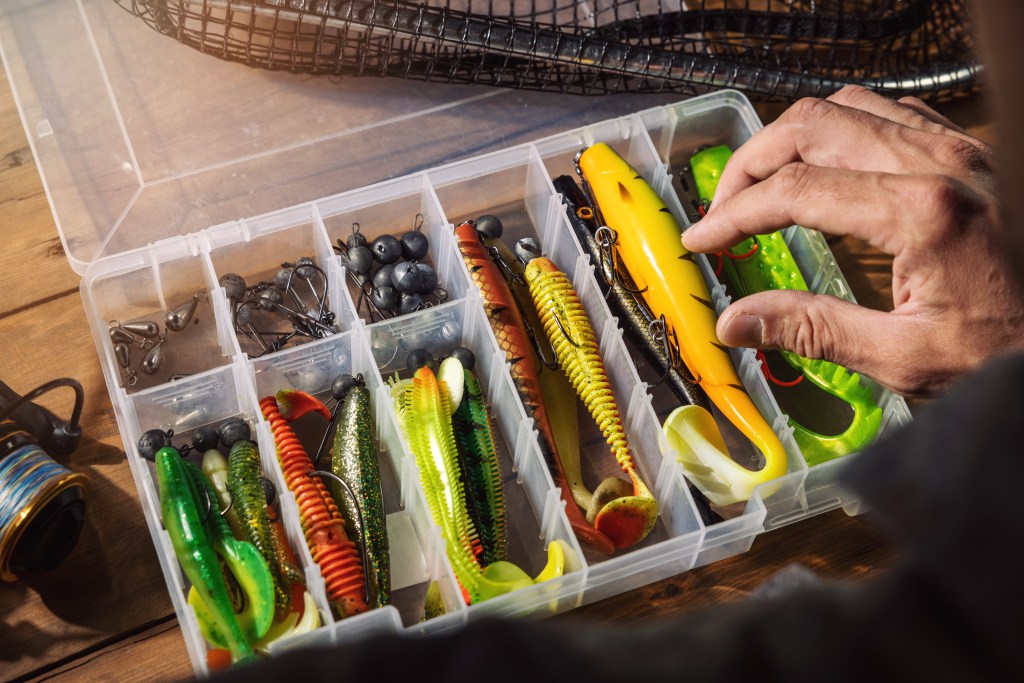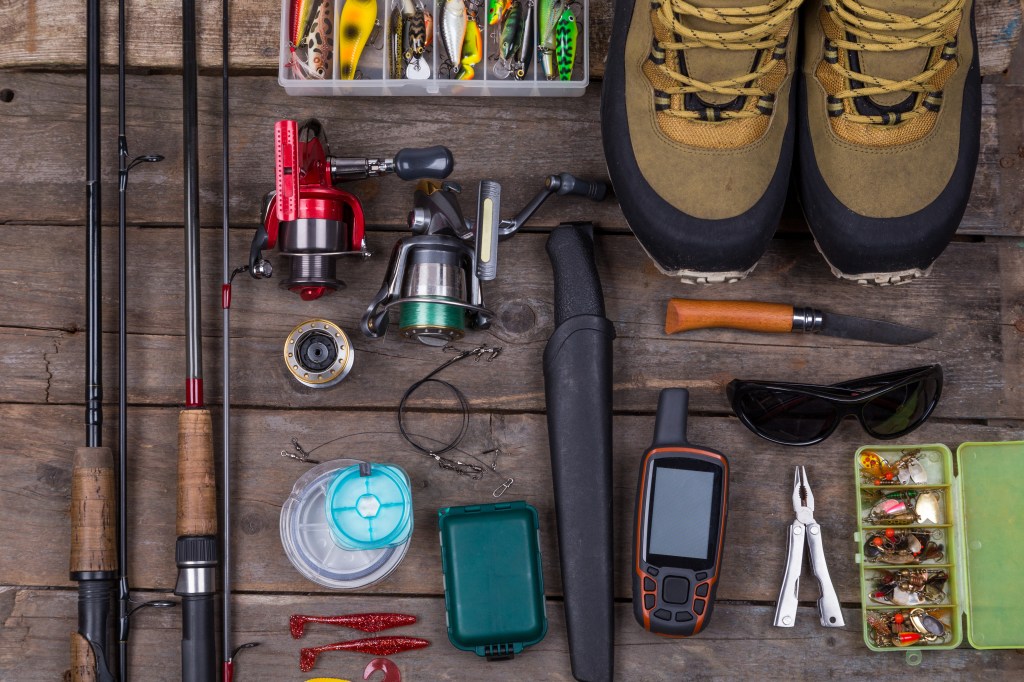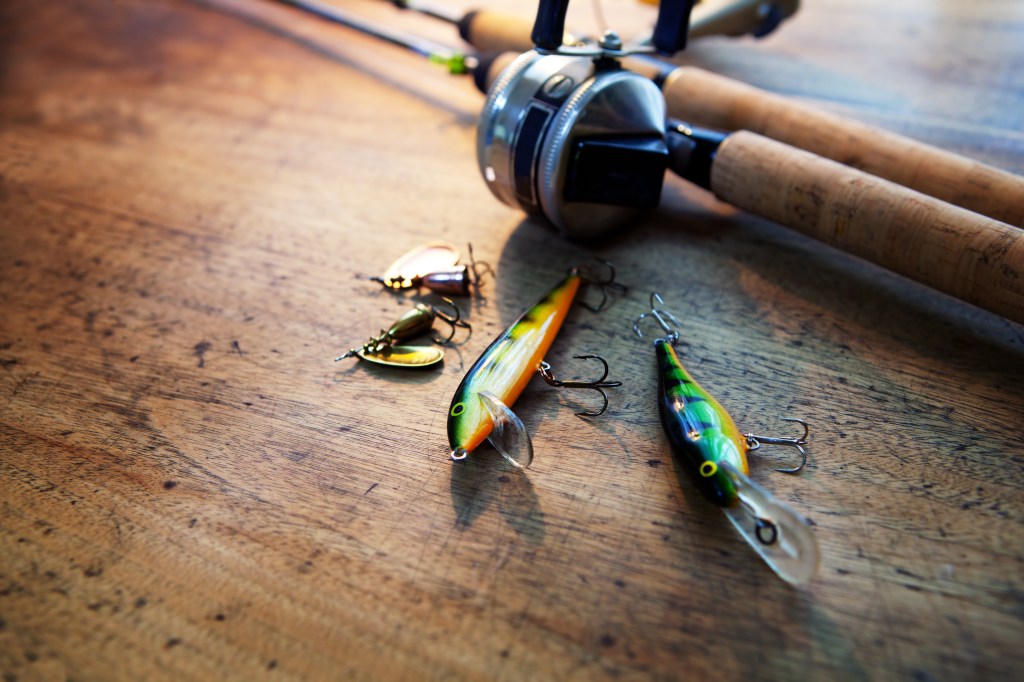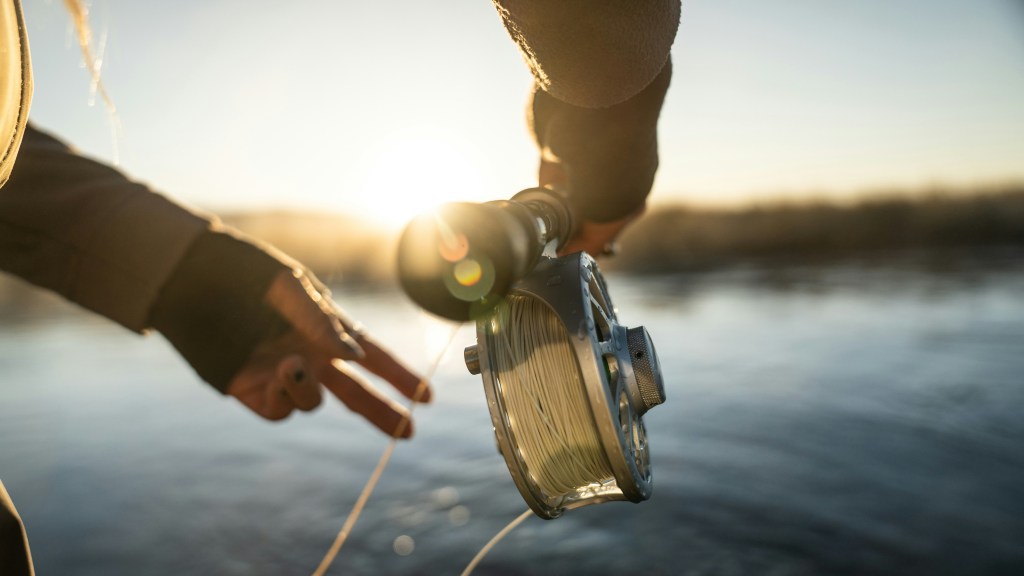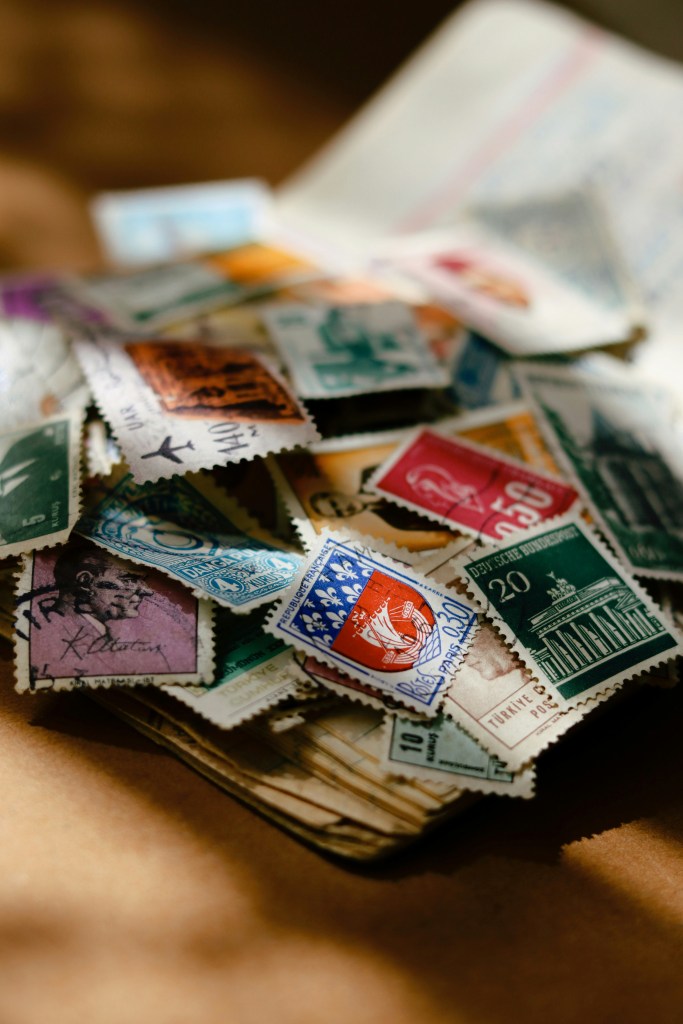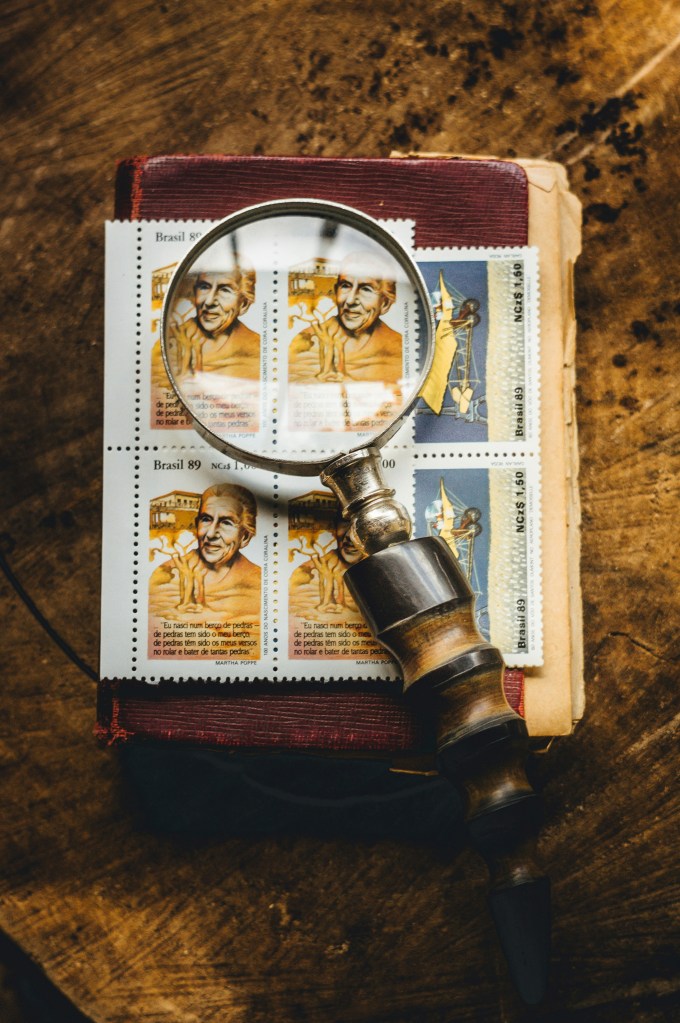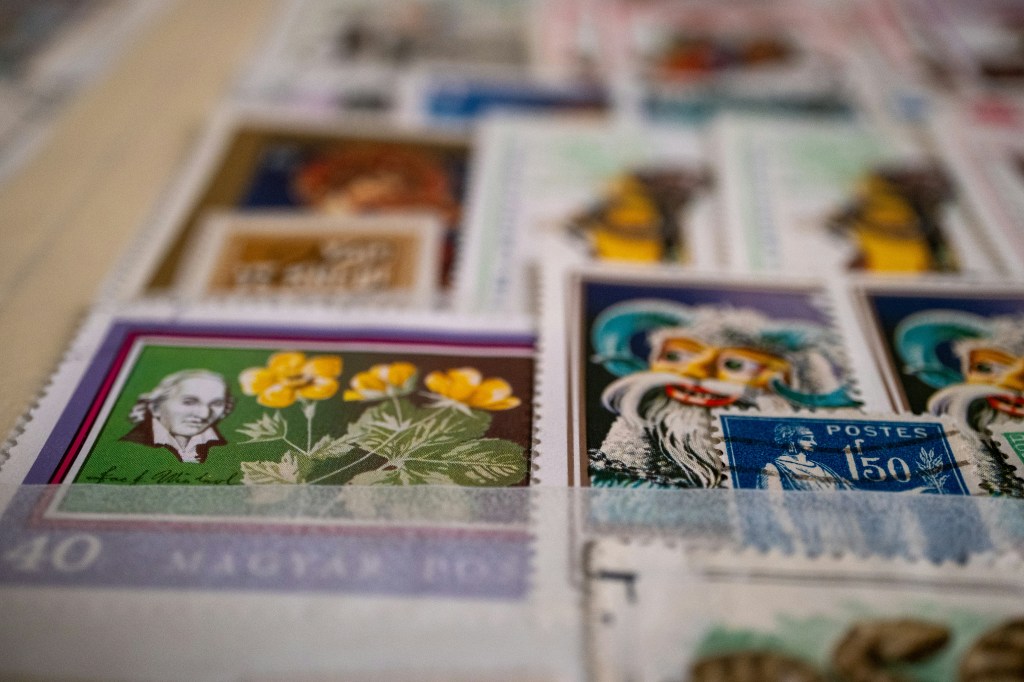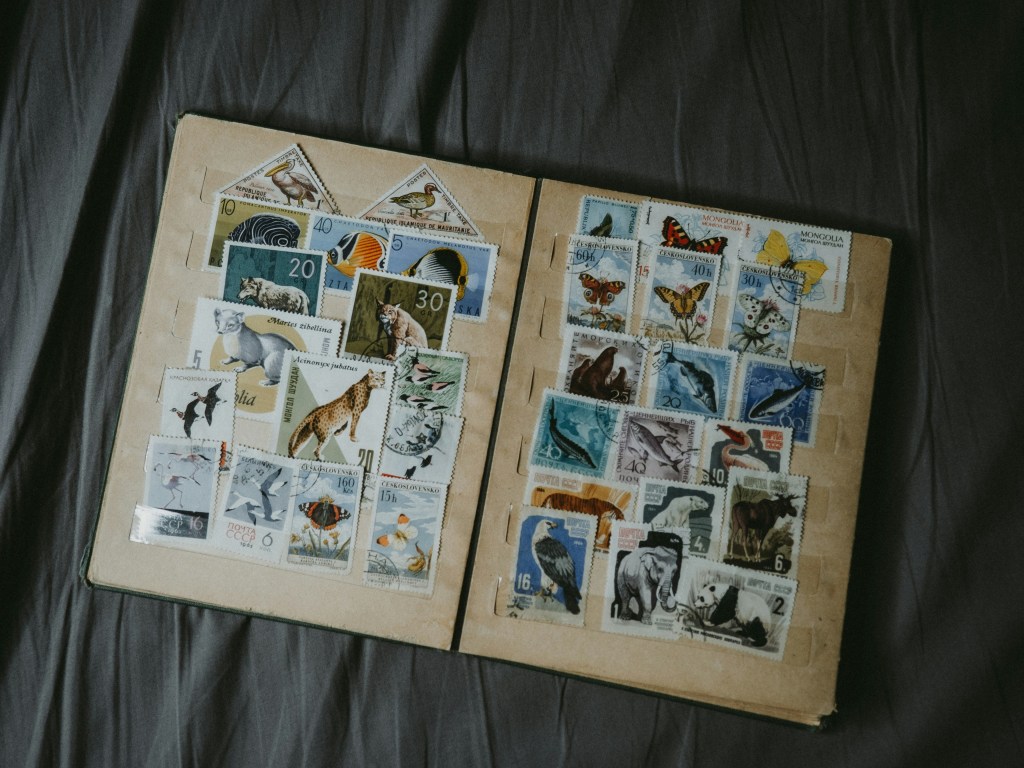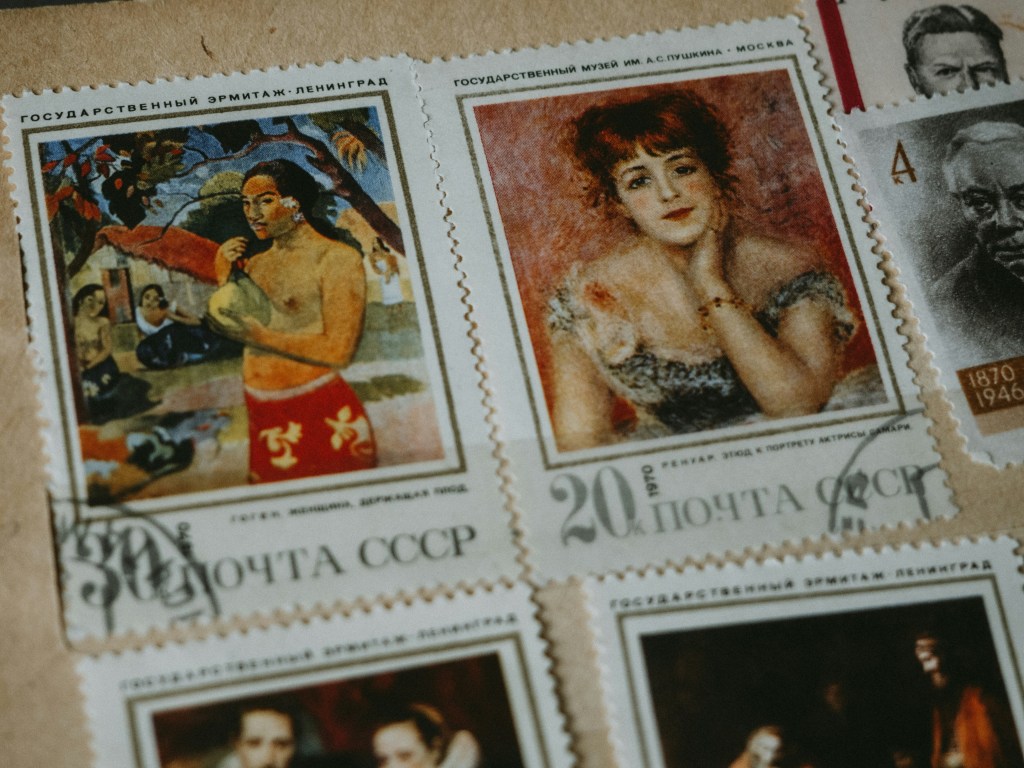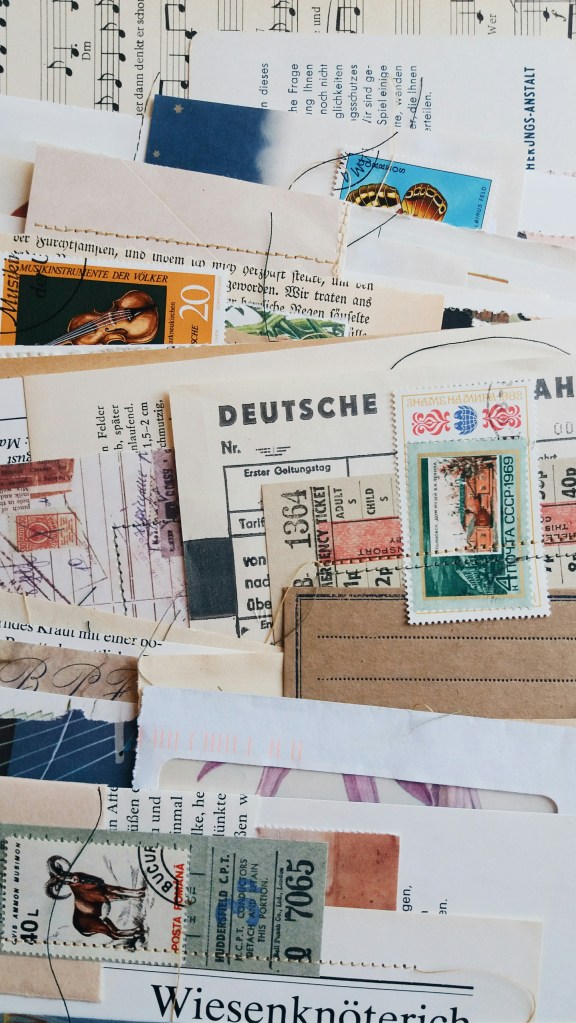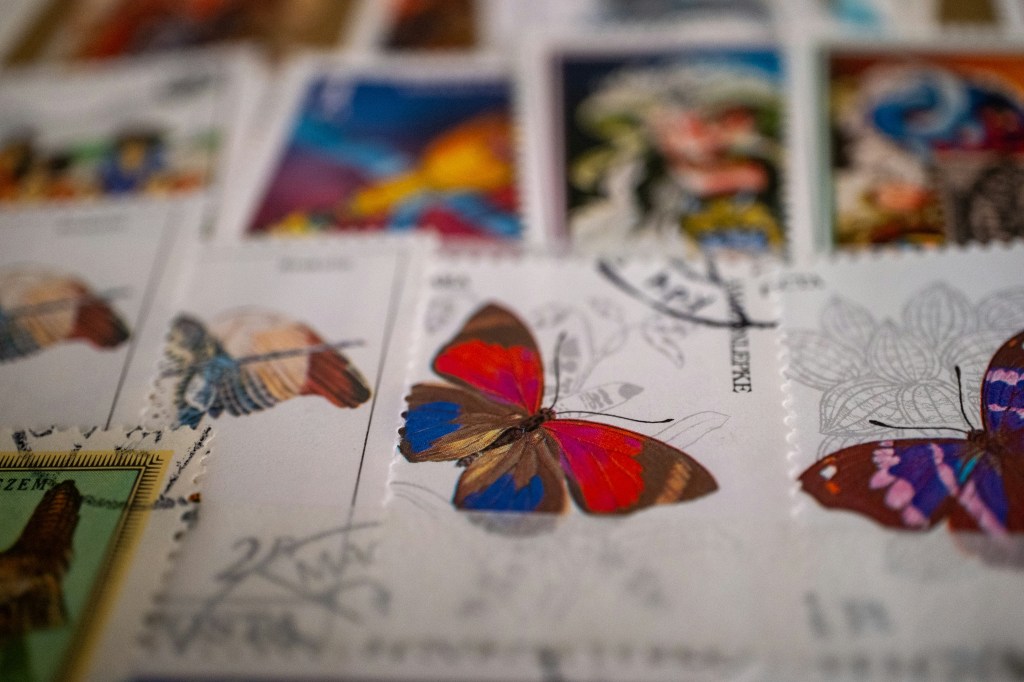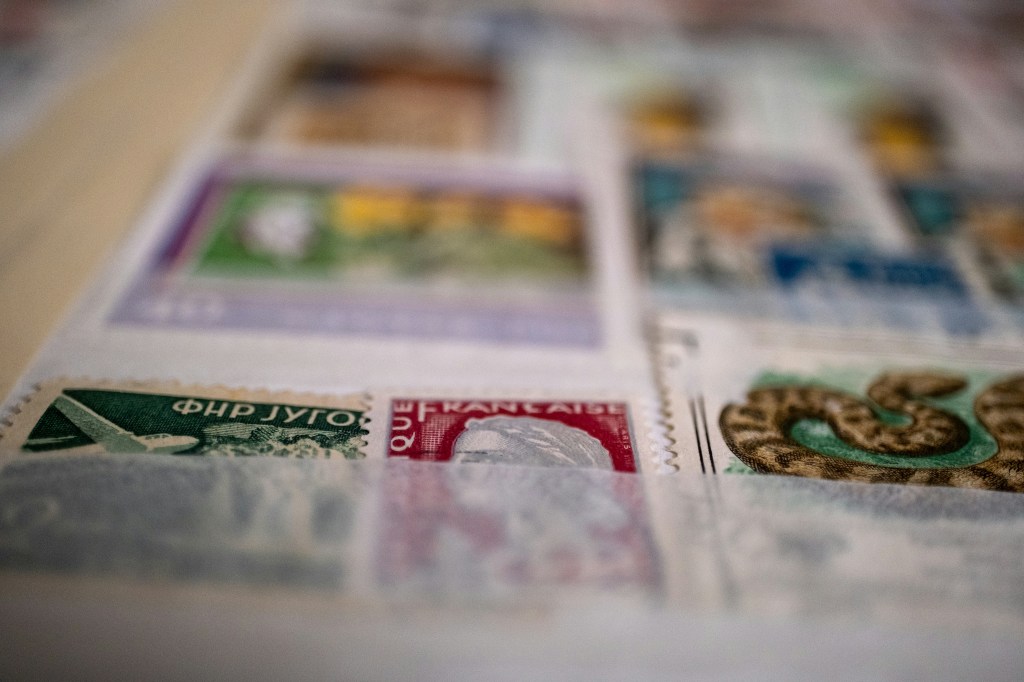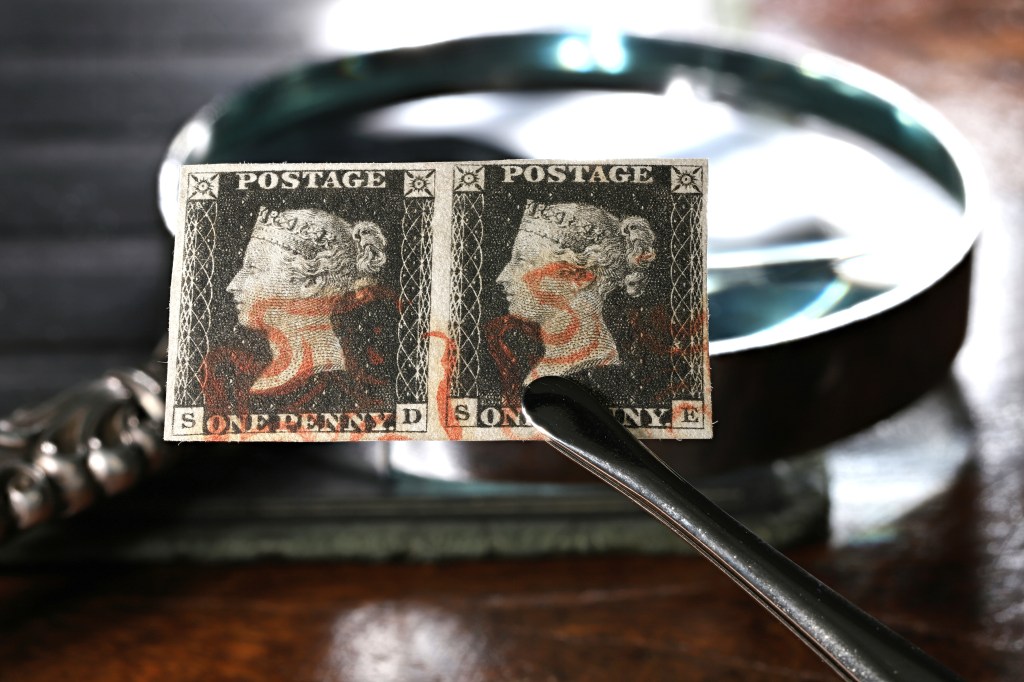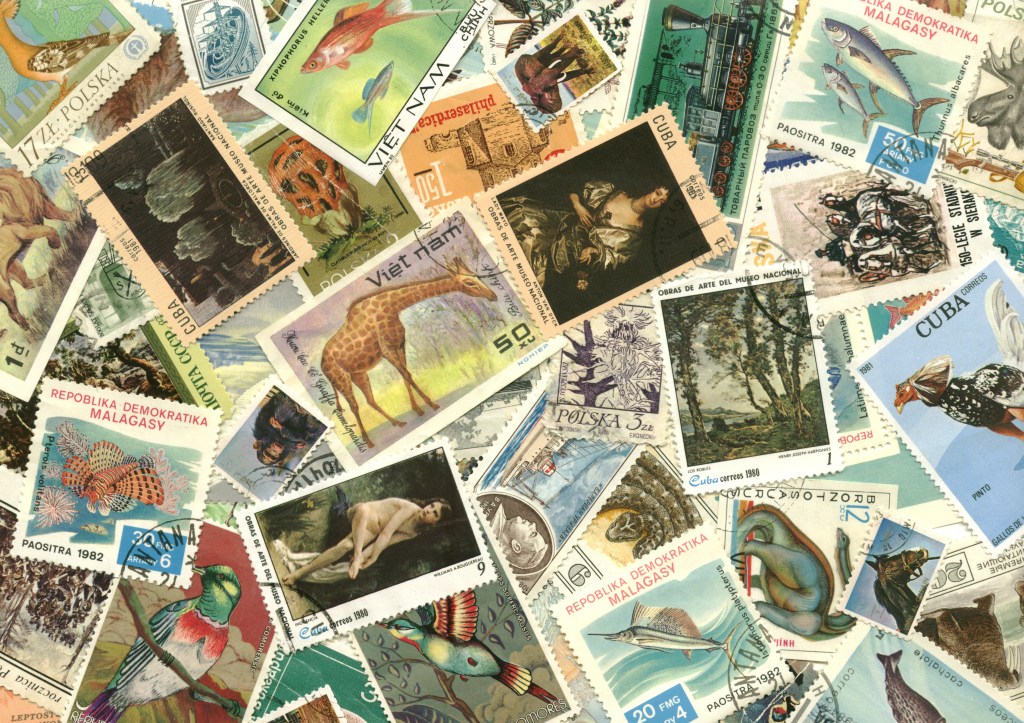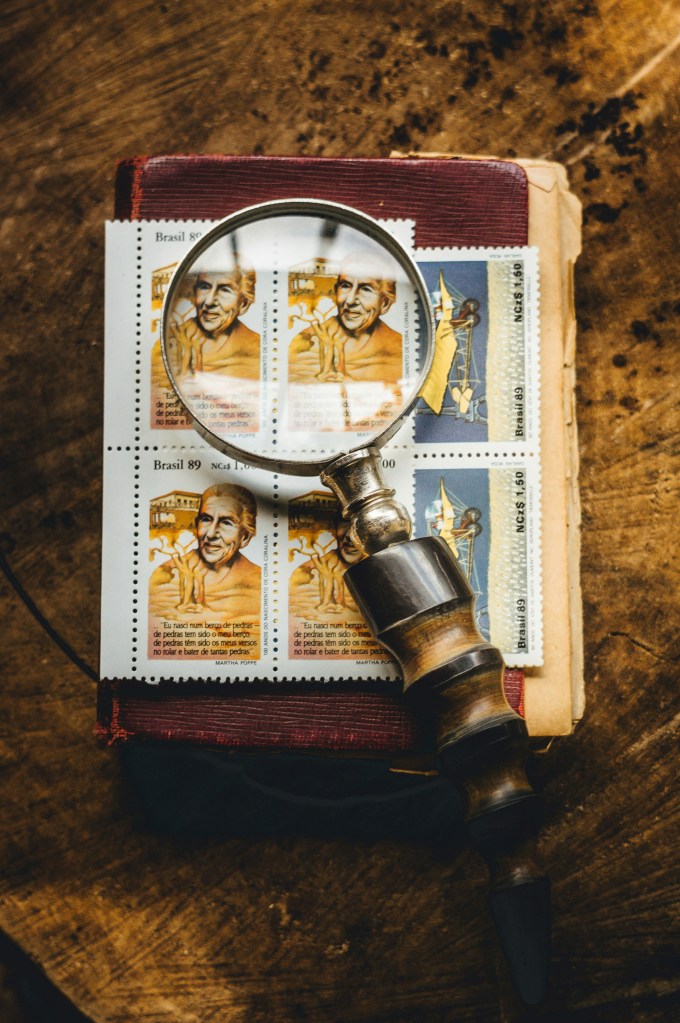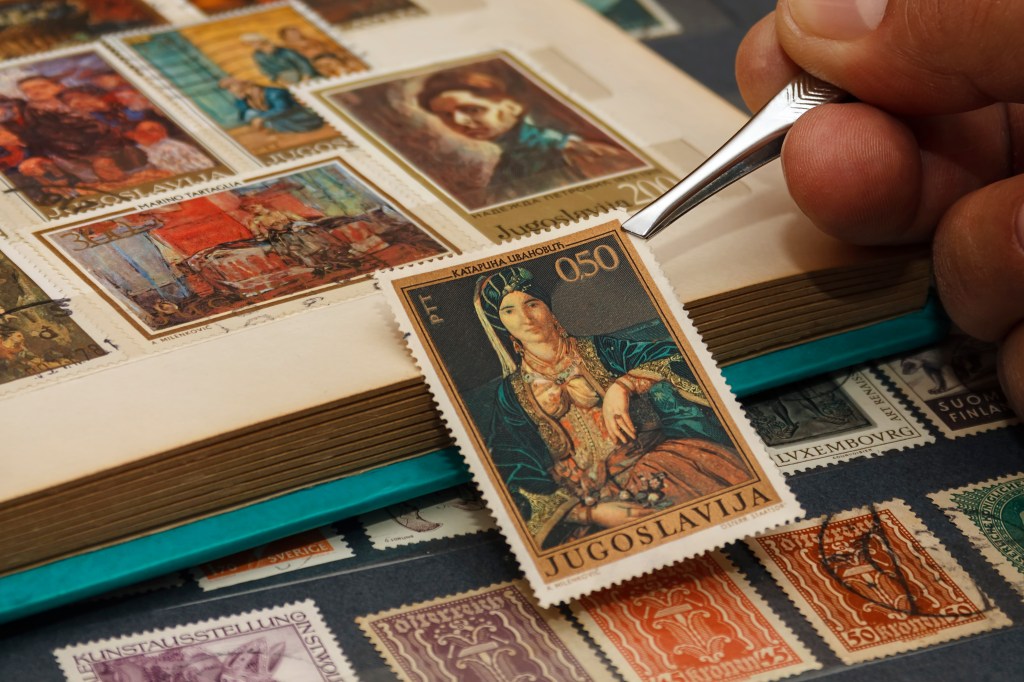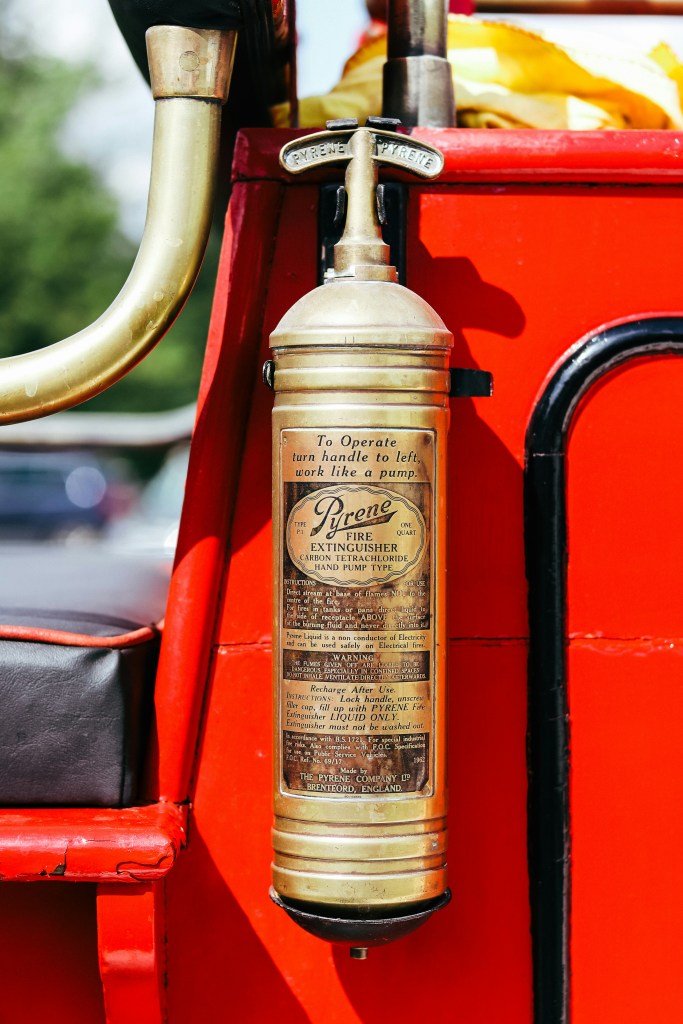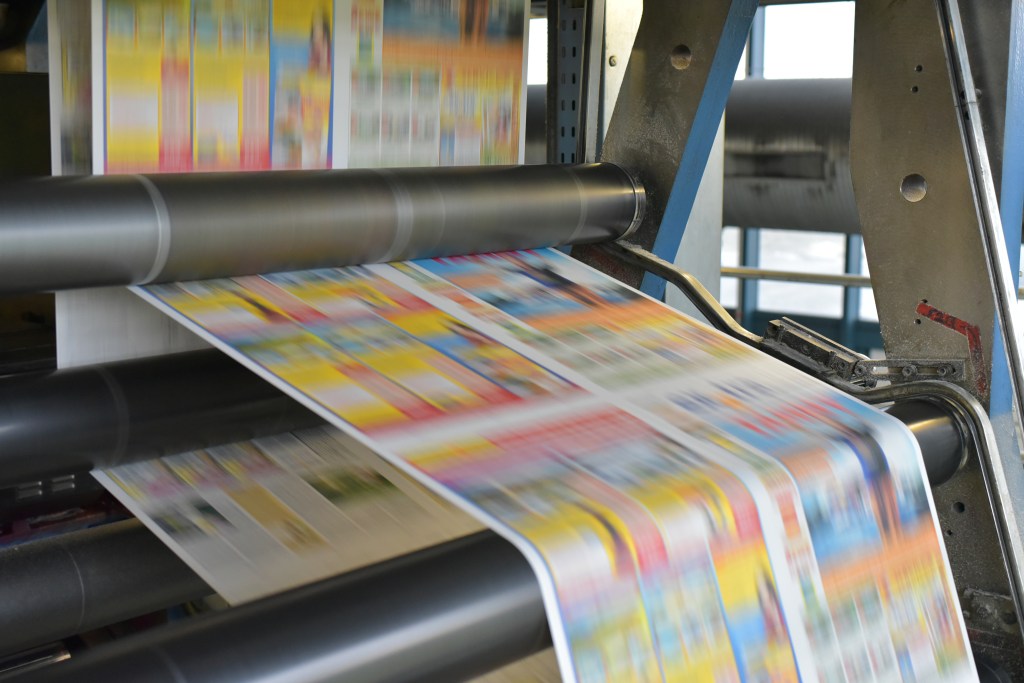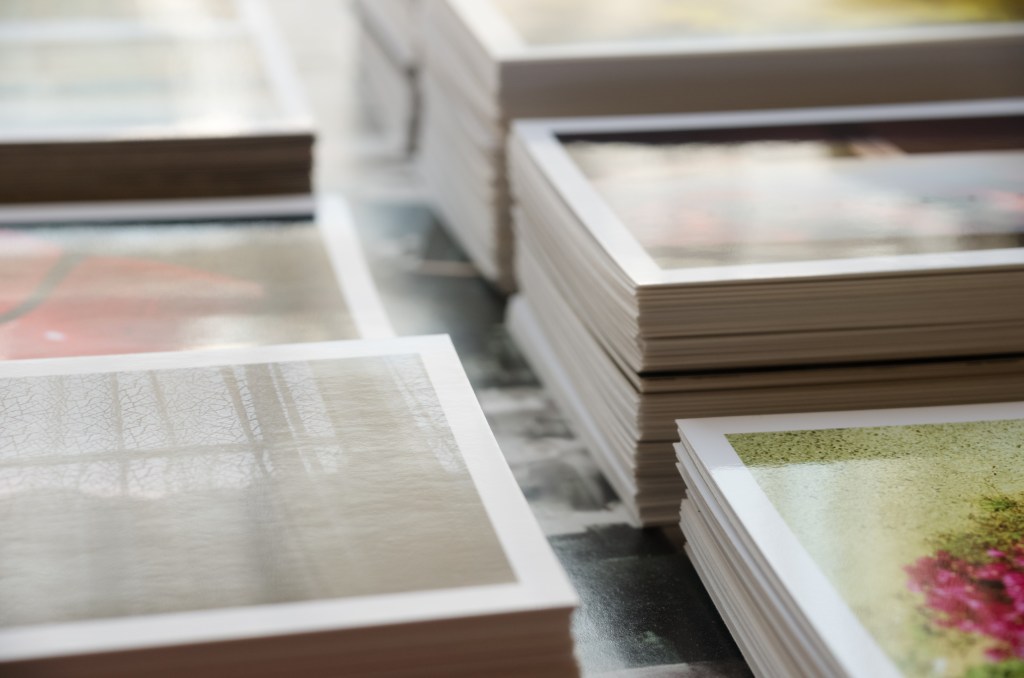Introduction: The Timeless Appeal of Puzzles and Games
From ancient hieroglyphs etched into stone to the digital games we swipe through on our electronic devices, the allure of puzzles and games bridges generations and geographies. The charm of a good game has captivated the human spirit since ancient times.
These nostalgic puzzles are intricate parts of our cultural fabric and reflect the complexities of the human experience. They intertwine with the essence of life, evoking a deep sense of nostalgia and bringing forth cherished memories. Each puzzle solved or game completed marks not just a moment of triumph but a step in the learning journey, reminding us of the joy and the challenges that shape our existence.
Let’s discover the historical fascination and the charm of vintage puzzle games as we explore how they continue to captivate and stimulate minds around the globe.
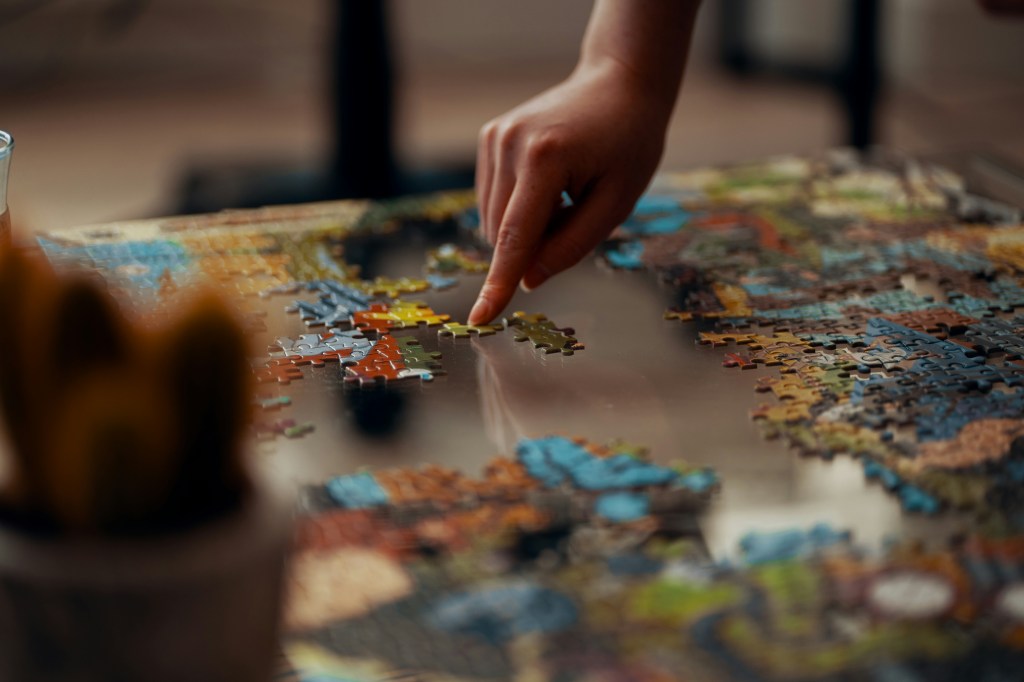
Ancient Beginnings: The Origins of Puzzle Games
Delving into the depths of history, we uncover the origins of puzzle games that have captured the minds for thousands of years. Ancient civilization established the foundation for the games we treasure today. The “knot puzzle,” hailing from Ancient China, is a captivating test of patience and problem-solving skills that requires participants to untangle a series of knots. In addition, the Tangram puzzle involved individuals in the artistic challenge of rearranging geometric pieces into various designs, which tested their creativity and strategic thinking.
By exploring these early games and puzzles, we begin to appreciate the value these games have in shaping our cognitive pursuits throughout the centuries.

Medieval and Renaissance Innovations: Evolving Entertainment
The development of puzzles and games has been a cornerstone of human entertainment and intellectual challenge, and the medieval and Renaissance periods contributed to the evolution of these recreational activities. This journey through the past will highlight some key innovations and classic games that have left a lasting impact on how we think about and engage with games today.
The “puzzle lock” was invented in the medieval period—a sophisticated challenge that combined secrecy, security, and ingenuity. Another game, “Nine Men’s Morris,” demanded strategic thinking and planning, emphasizing the importance of foresight, strategy, and adaptability.
These ancient games highlight the timeless human desire for entertainment that challenges the intellect. They remind us that play—strategic thinking, problem-solving, and the joy of discovery—has always been central to the human experience.

Golden Age of Board Games: Classic Games That Shaped History
During the 19th and early 20th centuries, iconic vintage board games emerged, becoming household names. Monopoly, originating as the “Landlord Game” in 1904, remains a favorite. Risk, introduced in the late 1950s, influenced the rise of strategy games. Other classics like Scrabble, Game of Life, Clue, Candy Land, and Connect Four each contribute uniquely to the rich tapestry of board game history.
These games offer more than just entertainment; they are cultural artifacts that reflect their times’ values and social dynamics, bringing people together and transcending age, culture, and time.
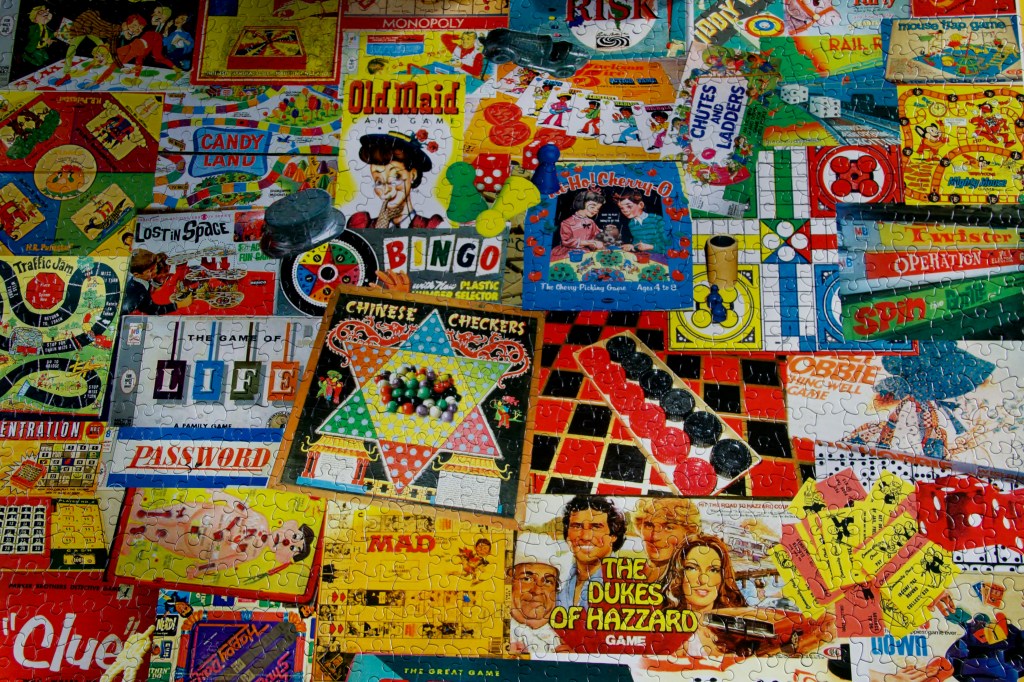
The Rise of Jigsaw Puzzles: Piecing Together History
The rich history of antique puzzles traces back to the late 1700s when mapmakers created the first jigsaw to teach geography. In the 1800s, these games advanced to woodcut pieces using lithographic art, reflecting the technological advancements of the era. The 1900s marked a golden age for jigsaw puzzles, with their popularity surging in England and the U.S., offering a glimpse into past cultural trends. The evolution of these nostalgic jigsaw puzzles, from educational tools to intricate works of art, captures the cultural essence of their times, reflecting the ingenuity of their creators and serving as a lens into the past.
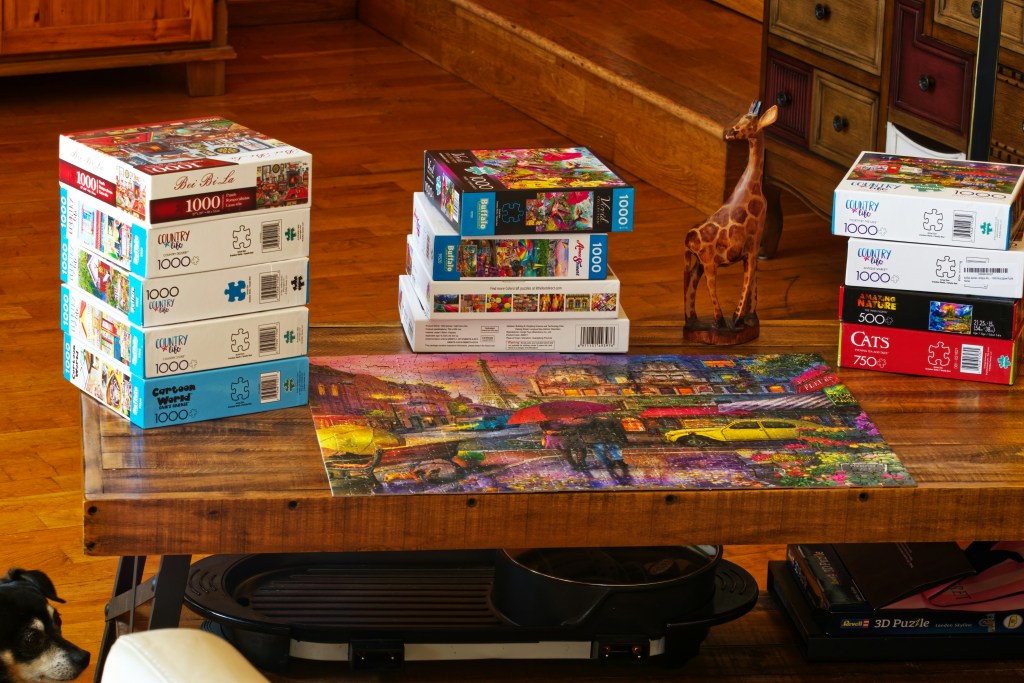
Famous Puzzle Games: Icons of Brain-Teasing Fun
The Rubik’s Cube, invented in 1974 by Hungarian architect Ernő Rubik, quickly became a global phenomenon due to its engaging complexity and satisfying nature. Crossword puzzles, which date back to the early 20th century, rapidly became a staple of newspapers worldwide, known for their linguistic challenges and educational value.
Both games exemplify the enduring appeal of brain teasers, providing entertainment and stimulating exercise for the brain.

Cultural Impact: Puzzles and Games in Society
The relationship between puzzles, games, and society captures the essence of cultural shifts and trends over time. The cultural and societal impact of games reveals how these leisure activities are not merely forms of entertainment. Throughout history, certain games have gained popularity, mirroring societal values, concerns, and even technological advancements of their times. For instance, historical game trends often coincide with significant periods of innovation or cultural movements, suggesting that the evolution of such games can be seen as a barometer for change.
The rich tapestry of games and culture underscores the profound ways in which games influence and shape society, creating a dynamic interplay that continues to evolve.

Collecting Vintage Puzzles and Games: A Treasure Trove of History
Vintage puzzles and games are unique treasures, each with a story. When collecting vintage games and embracing an antique game collection, understanding the nuances of vintage puzzle value and acquiring essential game-collecting tips can greatly enrich your journey. From rare finds in an antique shop to hidden gems at garage sales, the allure of these historical game treasures goes beyond mere nostalgia; it’s a captivating exploration of history, art, and intellect.
Whether you’re a seasoned collector or just starting out, remembering to focus on condition, rarity, and thematic significance can help you curate a personal and valuable collection.
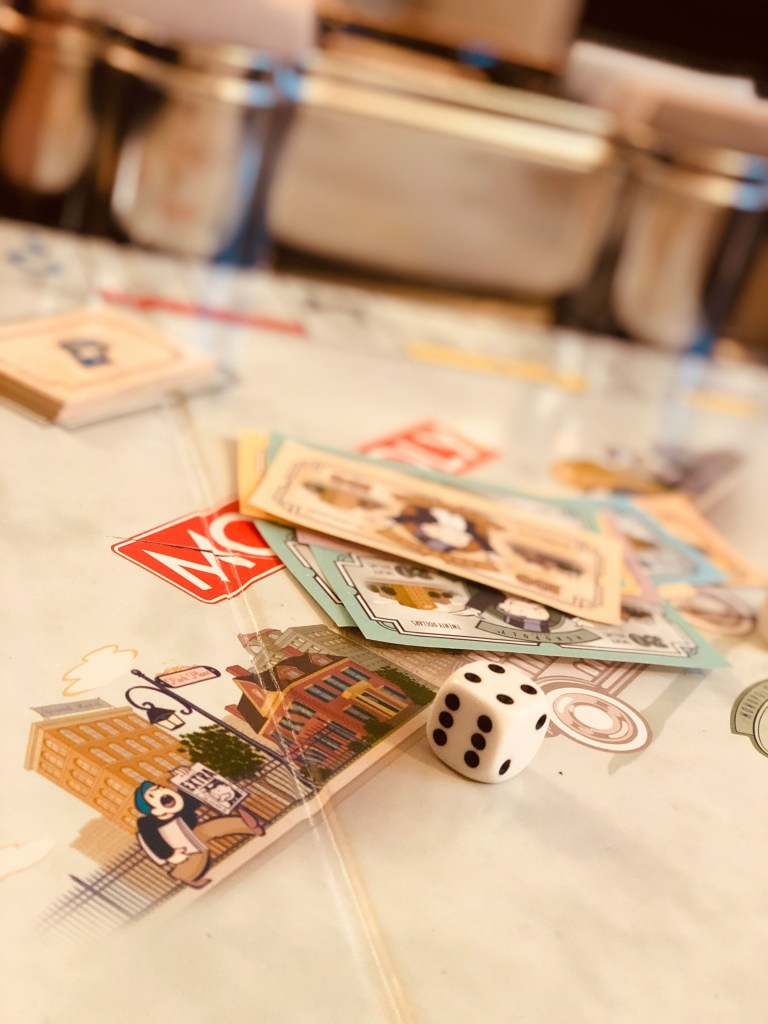
Preserving the Past: Caring for Antique Puzzles and Games
Ensuring the preservation and restoration of these historic treasures is essential. Always handle these items with clean hands to maintain their condition and longevity to minimize wear and tear on their delicate components. Storing these games in a cool and dry location, away from the damaging effects of direct sunlight, is vital to prevent any fading or warping. For especially vintage, old, or fragile pieces, framing them behind UV-protective glass not only aids in their preservation but also allows for an elegant display of your collectible items. Regular, gentle dusting with a soft brush effectively keeps these antiques clean without risking damage.
Adhering to these preservation tips ensures that your cherished games stay in excellent condition and are ready to be appreciated by future generations.
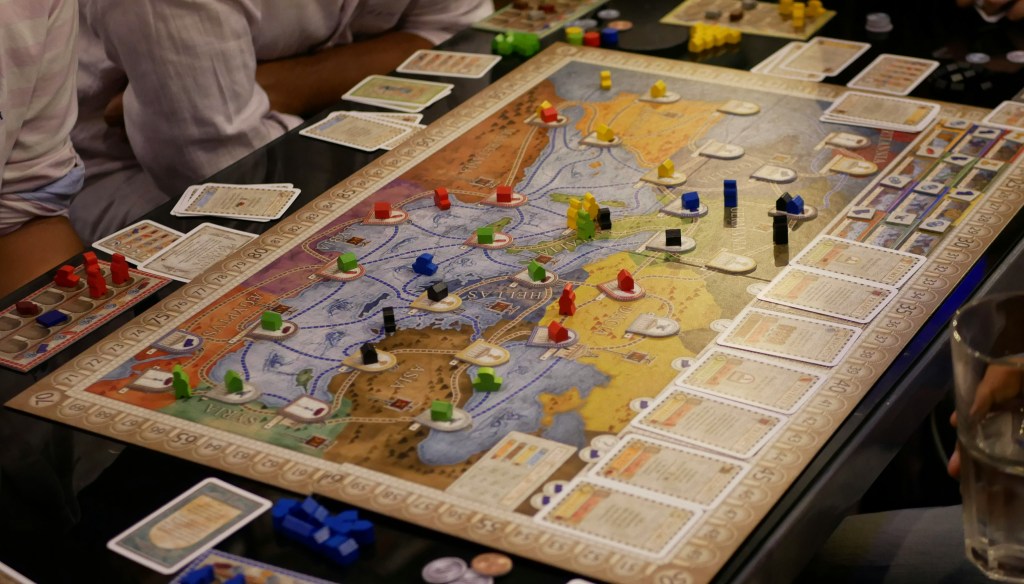
Conclusion: The Enduring Legacy of Puzzles and Games
In delving into the rich history of puzzles and games, from ancient origins to modern classics, we’ve explored the tenacious spirit of human creativity and innovation. These puzzles and games, transcending time and culture, are not merely entertainment but mirror the evolution of human intellect and social interaction. They celebrate the joy of problem-solving, the thrill of strategic victory, and the sheer pleasure of playful endeavors.
As we continue to engage with these timeless challenges, we carry forward a tradition of curiosity and ingenuity that defines the human experience. May the journey through these games’ captivating world inspire a deeper appreciation for their historical significance and a renewed enthusiasm for these games that await us in the future.

Sources
https://www.creativeescaperooms.com/blogs/how-to-articles/the-fascinating-history-of-puzzles-and-brain-teasers#:~:text=The%20earliest%20known%20puzzle%2C%20the,shapes%20to%20form%20specific%20designs
https://dailyworkerplacement.com/2017/12/13/cult-of-the-old-collecting-vintage-games/
https://medium.com/collectorizing/puzzling-pastimes-the-magic-of-vintage-jigsaw-puzzle-collecting-c3d872efad3d
https://lapl.org/collections-resources/blogs/lapl/puzzling-history-puzzles
https://www.siammandalay.com/2021/05/19/chronological-history-of-puzzles-a-timeline-2/
https://castle.eiu.edu/reading/MEDIEVALGAMES.pdf
https://kubiyagames.com/blogs/mechanical-puzzles-blog/the-fascinating-history-and-evolution-of-trick-locks-keys-puzzles
https://artsandculture.google.com/story/the-board-games-everyone-loved-in-the-20th-century/ywLCAJCg4AwRLQ
https://www.logicagiochi.com/the-history-of-mind-puzzles
https://puzzlingpursuits.com/blogs/learn/board-games-history-and-cultural-significance
https://www.dazeddigital.com/life-culture/article/62601/1/are-puzzles-cool-now-gen-z-nyt-connections-strands-mini-wordle
http://theantiquesalmanac.com/caringforvintageboardgames.htm#:~:text=To%20keep%20game%20boards%20clean,and%20unlikely%20to%20get%20lost
